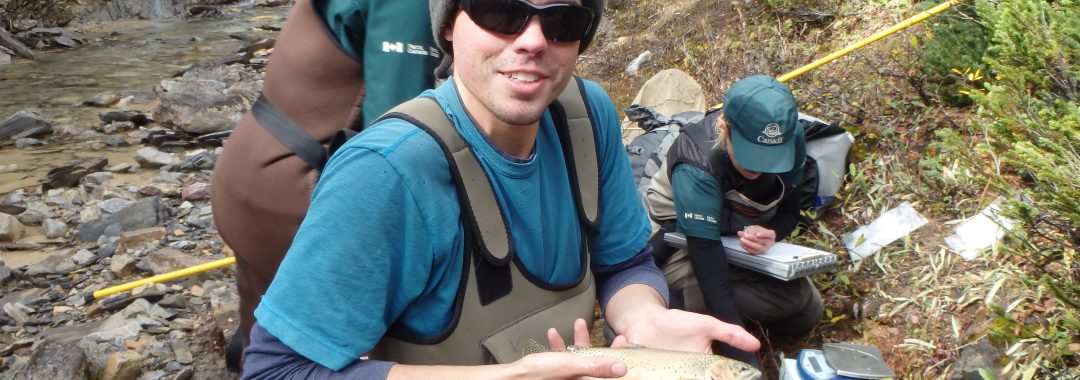Abstract:
The Laurentian Great Lakes have undergone drastic declines in freshwater fishes, with 22 species having become extinct in the past century and many more currently at risk. One such species is the endangered minnow, the redside dace (Clinostomus elongatus), which is undergoing severe declines across its entire range. Depletion and mark–recapture surveys were used to quantify population estimates of redside dace at several spatial scales (pool, reach and catchment) across several Great Lakes tributaries in Canada. There was large variation in the local population estimates and the rate of occurrence of redside dace populations. In some cases, such as Gully Creek, a Lake Huron tributary, redside dace were widespread (9/10 of pools) but in low abundances (13.5 individuals per pool ± 5.09 ). In other cases, such as in the Don River, redside dace were highly localized (2/27 pools) but in relatively high abundance (99.2 individuals/pool ± 18.1). Extrapolated population estimates at the catchment scale showed that three of the five study populations were below conservative estimates needed for long-term population viability. Differences in redside dace populations were driven by adjacent land-use. Post-hoc analyses revealed strong negative associations between population estimates and impervious land-use (i.e. urbanization) at both the pool and sub-catchment level. Immediate recovery actions that will focus on eliminating chronic and episodic impacts of adjacent land-use and improve connectivity are needed to help ensure redside dace, like many freshwater species in the Laurentian Great Lakes, remain a species at risk of – rather than facing – extinction.
Citation: Poesch, M.S., Lawrie, D., Tu, C., Jackson, D.A., and N.E. Mandrak. 2012. Developing local and regional population estimates for an endangered freshwater minnow, the redside dace (Clinostomus elongatus), in Canada. Aquatic Conservation 22: 47-57.
Also Read:





